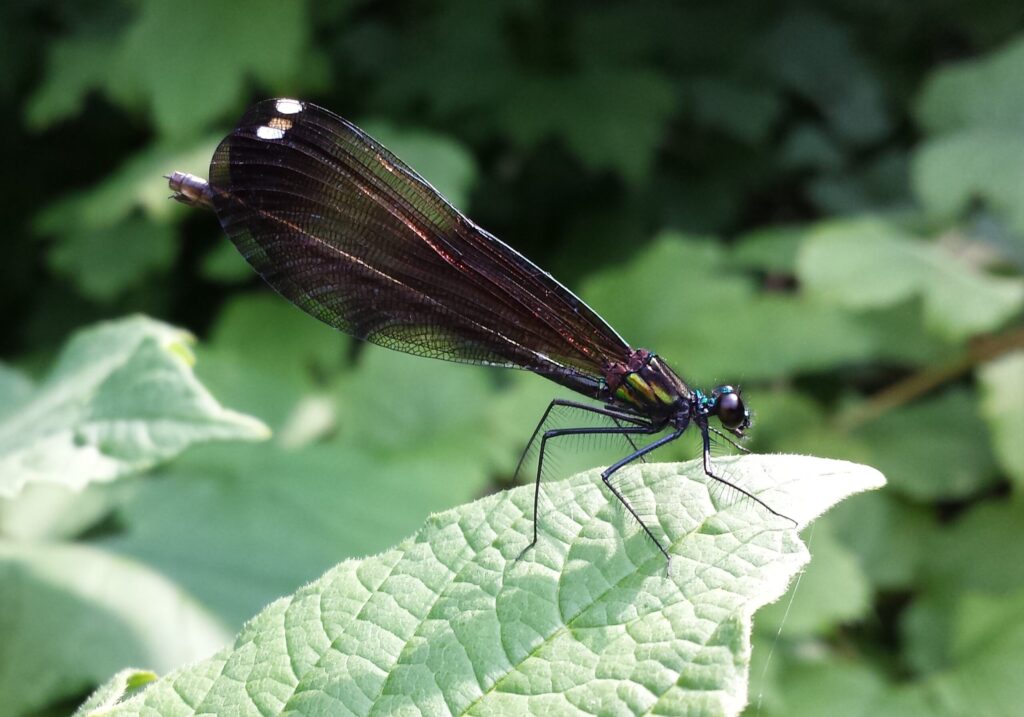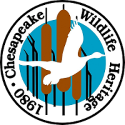Chesapeake Care
Restoring habitat for wildlife and improving water quality in the Chesapeake Bay watershed
The region’s non-tidal wetlands support amphibians, dragonflies, turkeys, warblers, and Delmarva fox squirrels along with the waterfowl we associate with these habitats. According to the U.S. Geological Survey, however, Maryland’s wetlands have shrunk by more than 70% over the past 350 years. Through the Chesapeake Care Program, CWH works with landowners to restore some of these lost wetlands.
Waterfowl are an important component of our wildlife heritage, and wetland science owes a debt of gratitude to these migratory birds and the interest in their preservation that sparked a movement to restore wetland habitat many years ago. The majority of the region’s non-tidal wetlands host species other than waterfowl, including quail, numerous amphibians, dragonflies, turkeys, warblers, and endangered Delmarva fox squirrels.

Non-tidal wetlands benefit water quality by slowing runoff. This allows plants and bacteria to interact with water-borne nutrients and results in reduced nutrient loading to the watershed. Shallow-emergent wetlands and wet meadows provide critical habitat to ducks, geese, shorebirds, dragonflies and amphibians, while woodland wetlands and shrub swamps benefit species such as warblers, woodcock, amphibians and bats.
The Chesapeake Care Program uses landowner incentives offered through the U.S. Department of Agriculture’s Conservation Reserve Program (CRP) and Conservation Reserve Enhancement Program (CREP). CWH will continue using the CRP and CREP programs to restore vanishing wildlife habitat in the Chesapeake Bay watershed.
Generous support from our members, donors, and grantors has allowed CWH to build, restore, and maintain wetlands throughout the Mid-Shore. Through Chesapeake Care, we will continue to build and manage wetland habitat for landowners committed to conserving wildlife resources.







You must be logged in to post a comment.